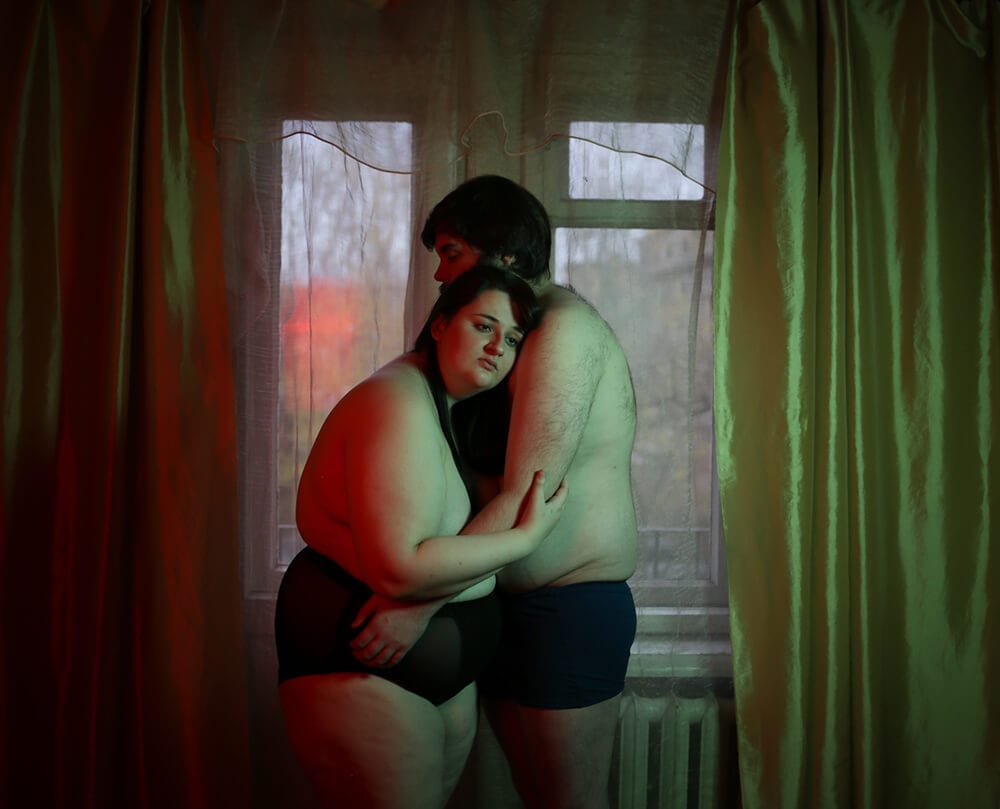INTERVIEW
No Shame
WITH MARY GELMAN
An interview with Mary Gelman
“In Russia there is huge discrimination of fat people. They face job search rejections, medical prejudice, they receive lower salaries than people of “normal” weight… Many of them are bullied and shamed, and I went through the same process when I was young.”
Mary Gelman won our December 2019 theme – THE HUMAN BODY – with a stunning image from a series that provokes a very necessary discussion on the practice of ‘fat shaming’. Channeling a documentary subject through a fine art lens, she creates an image that is as beautiful as it is provocative, and as other-worldly as it is grounded in reality. Intrigued to know more we put some questions to her – about the series, her working practices, and the photography scene in her homeland of Russia today.
It seems that society insists there is no place in the world for fat people. In the modern world being fat is still much more than just a body characteristic. If you are fat it is automatically implied that you are a lazy, weak, stupid, spineless, spoilt… You can never be truly loved, you can never have neither friends nor a happy family, nor a dream job. One of the participants said in her interview for the project “fatphobia is not about beauty or health, it is about power and control over other people’s lives”. No shame features stories of fat people from Russia who have experienced fat shaming.
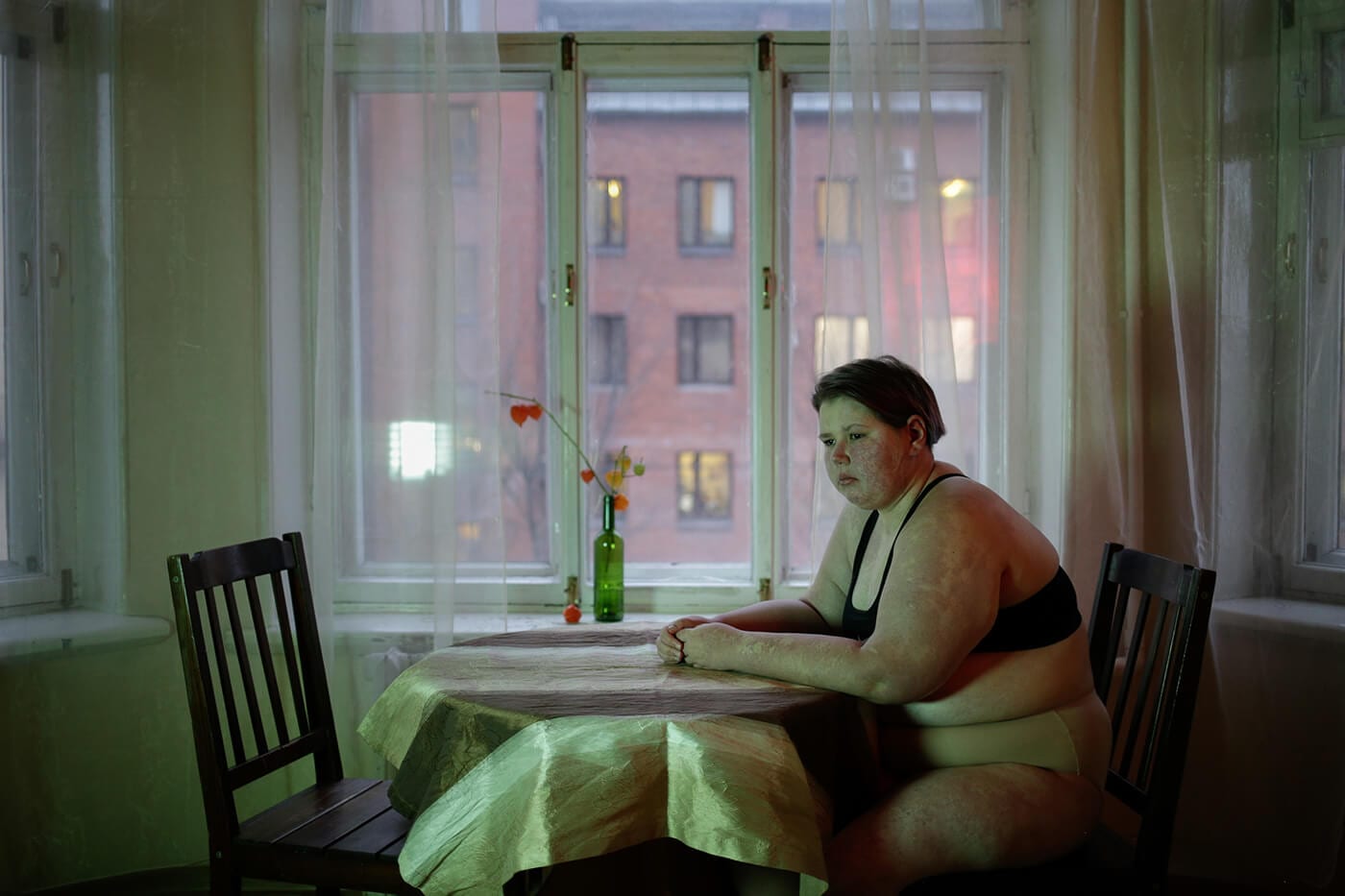
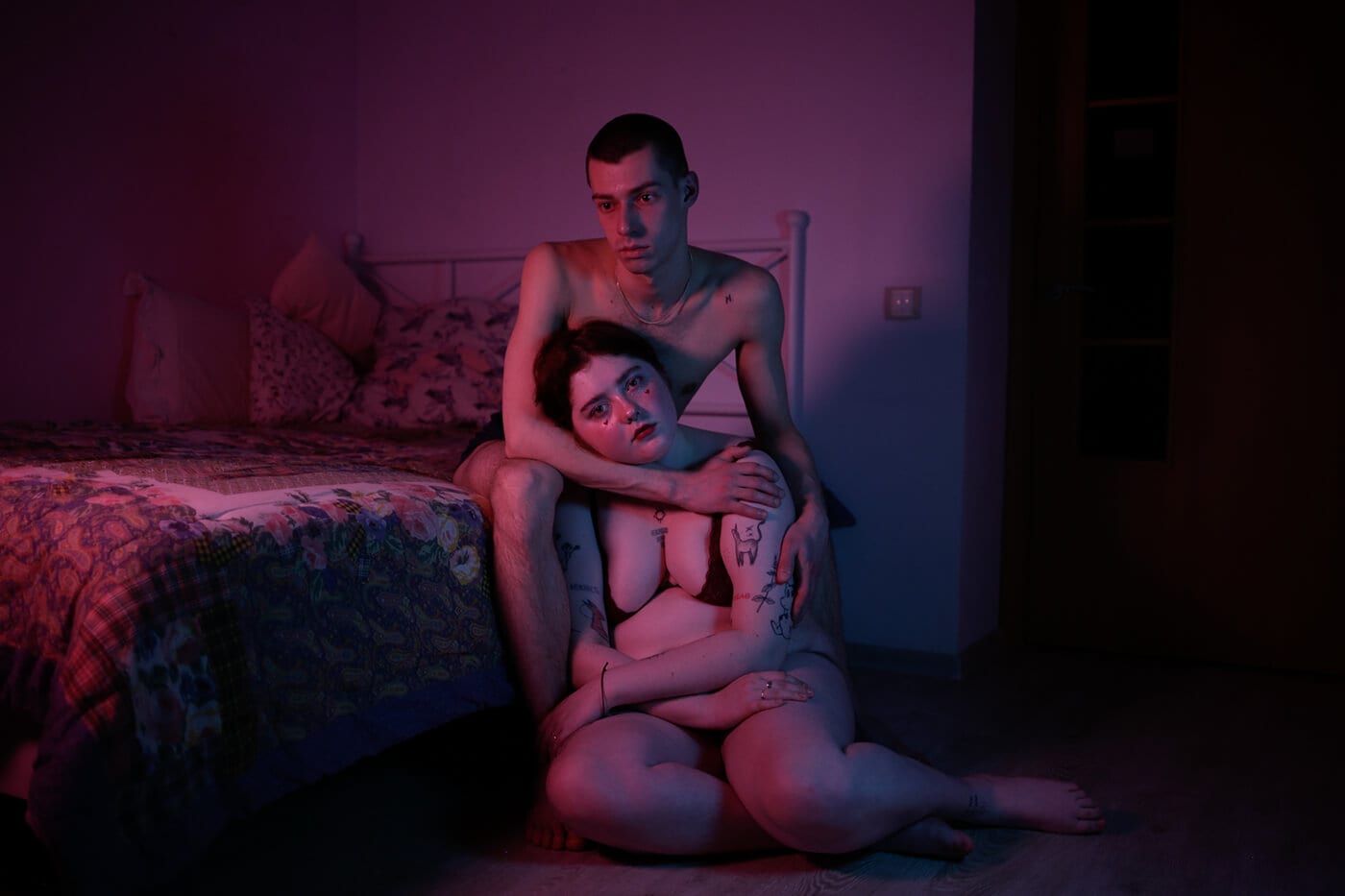
Mary’s winning image: Asya, 2019
“A very strong and eye-catching portrait with an important story. It walks a fine line between fashion, portrait and documentary photography, but it does it incredibly well.” – Joachim Ladefoged
“Through the intimacy of the bedroom setting and the soft pink light, Mary creates a remarkable portrait that reveals so much. Taken from a series that examines fat-shaming in Russia, it is not this idea that first draws us in – instead it’s the color, their vulnerability and tender embrace, and her distinctive tattoos. However the narrative gently unfolds in their expressions – him distant and withdrawn, her holding the viewer’s gaze with a weary air. While the discomfort is apparent in both, it is her who remains absolutely aware of the viewer – that she is on display, that she is being judged. That her outward appearance affects so many of her interactions. Her make-up seems emblematic – small red hearts that sit on her cheeks like tears. It is a wonderfully powerful and considered portrait scene.” – Life Framer
Hi Mary. Firstly, congratulations on winning our theme THE HUMAN BODY. What did you make of the jury’s comments about your image?
Thank you very much. The feedback was great – I am always curious to know how people perceive my photos, and it was well noticed by Joachim that I work on the intersection of genres in photography. I work very deliberately with non-fictional documentary material, but at the intersection of art.
We understand that the image is from a project called No Shame. Can you tell us a bit about it, and what led you to focus on this topic area?
Yes, this is a portrait from a project about fat shaming called «No shame». I spent around a year exploring the topic in Russia, because there especially there are huge stereotypes and discrimination of fat people. They face job search rejections, medical prejudice, they receive lower salaries than people of «normal» weight. They often have trouble finding their size when shopping for clothes, as well as finding positive media representations of people who look like them. Many of them are bullied and shamed throughout their lives. And I went through the same process when I was young. I was bullied and humiliated by young people for «being overweight».
And what about practically? How did you go about meeting your subjects, explaining your ideas and arriving at the images produced?
I first became interested in the topic in 2016 when I took pictures of a friend who is a body positive activist. We talked a lot about it. I looked for people for the project through my friends and I explained my principals clearly to everyone – respecting boundaries, creating partner relationships between photographer and subject, the need for model releases and so on. I photographed people in their homes, sometimes over the course of 2-3 meeting because often we needed to discuss the subject and get to know each other before shooting and I respect that. I used artificial colour light and explained for every person the reason: It happened when I interviewed one of the heroes of the project and she told me: «Mary, women with size more than 48 (L) don’t exist». I often heard similar thoughts from other participants and I decided to create this magic light to represent another world.
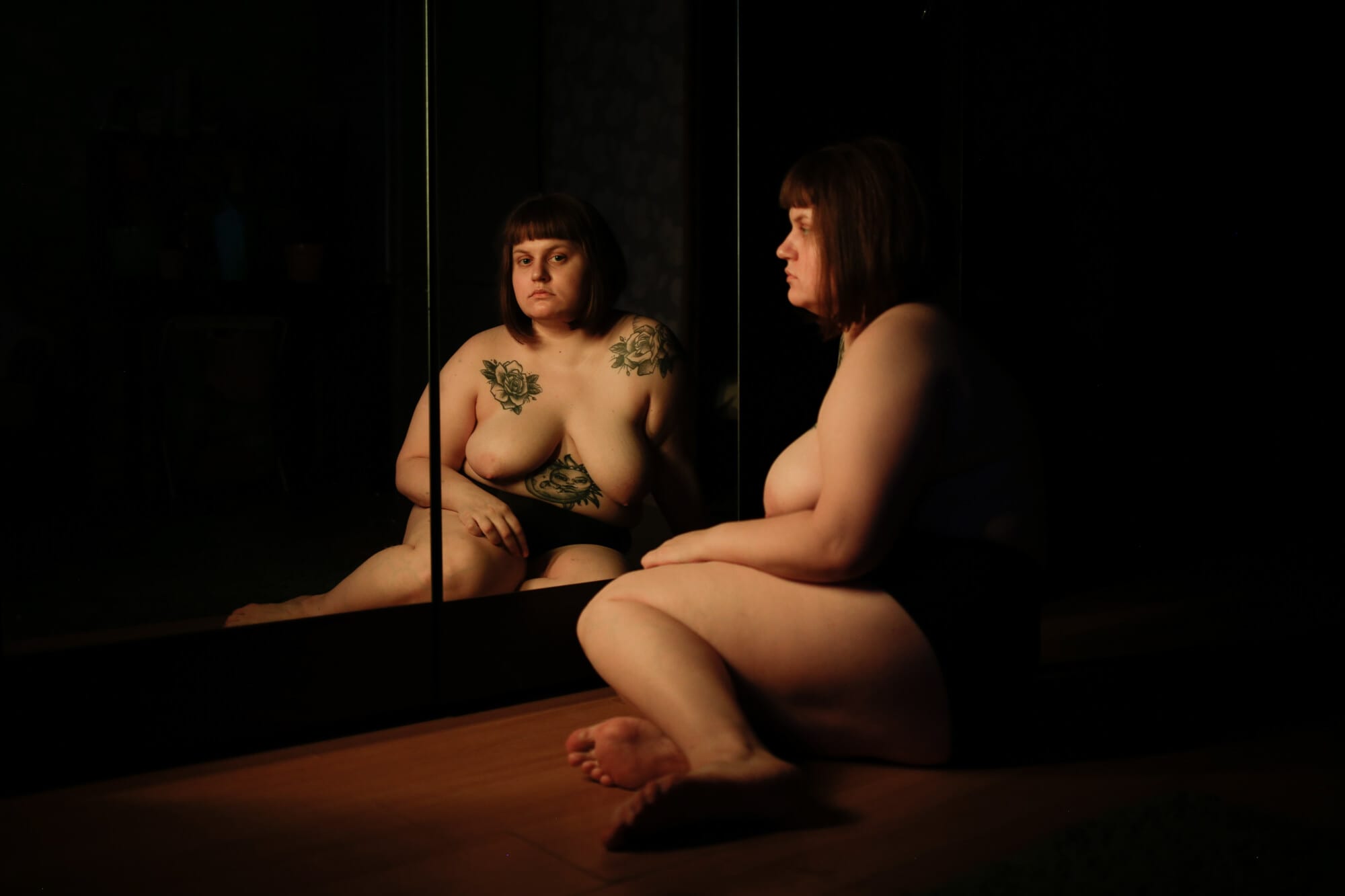
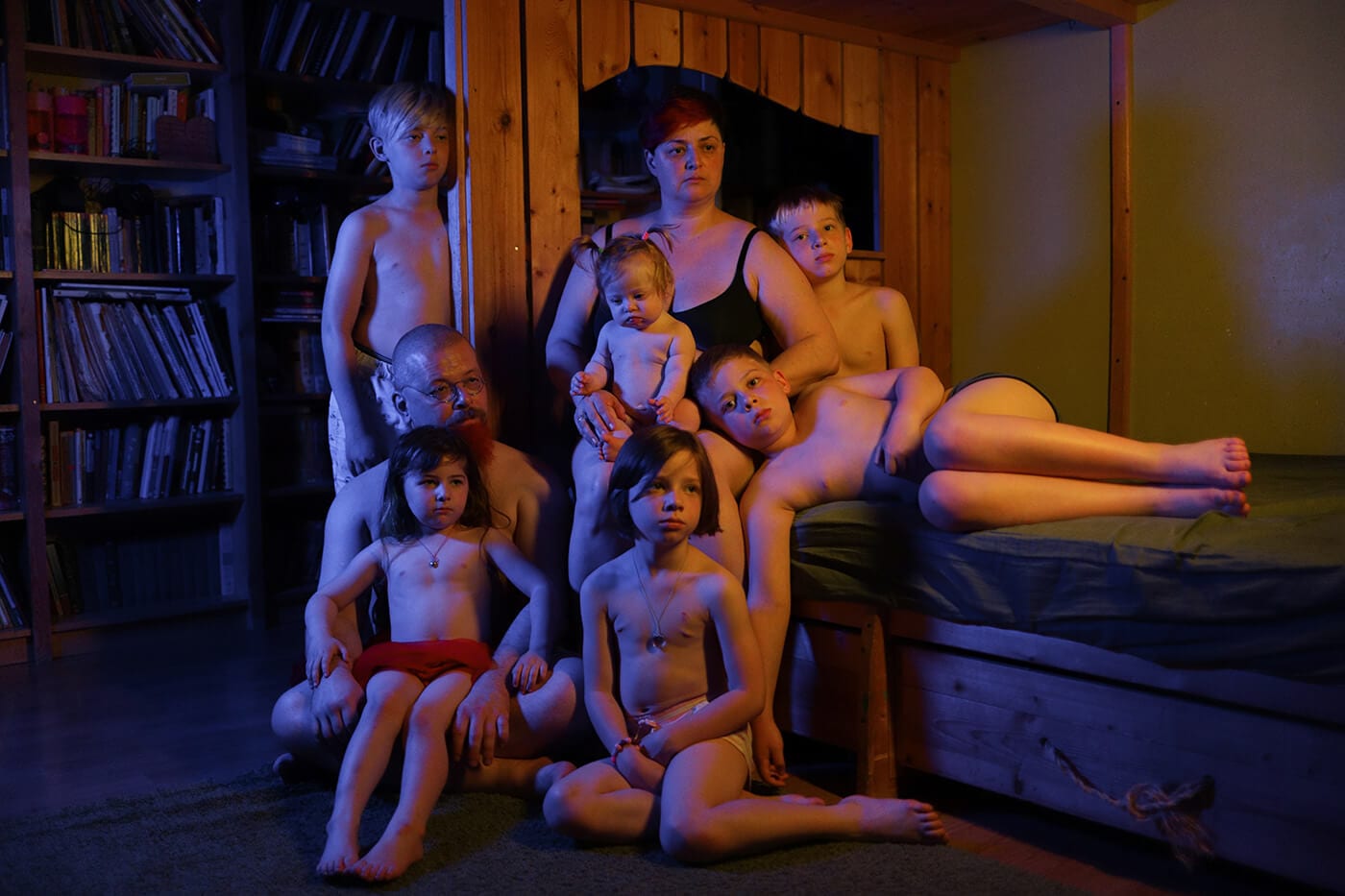
Tell us about one of your favorite images from the same series of work…
It has to be the picture of the family of Anya and her husband, and their ten children, one of whom is adopted and with Down syndrome [image above]. «Why don’t you take care of yourself?», «How could you go this far? », her parents and my brother sometimes ask her. The brother keeps on saying that she is fat and wrong. The closest to her can offend her and don’t understand how it hurts. This family lives in Moscow and I visited them three times. It was hard to organize the children but as we discussed the reason of shooting I was inspired by the level of thinking of the children and how children so often support each other along with their parents.
You studied Sociology at the same time as Photography, which clearly has a strong impact on your visual work. Are there specific ways in which this education supports you career in photography?
I think that sociological experience influenced my process of communication with people and my interest in social phenomena, as well as the practical ways I work on projects. For example I keep field diaries and deeply study each topic I’m working on, I read different studies and I communicate with experts. In my work I’m pretty close to the people that I shoot. I observe their behavior. I sometimes choose difficult ways to take pictures, and so it’s very important to build a trust and friendship with the subjects I capture.
You’re a member of VII Photo Agency, alongside photographers such as Ron Haviv and Ed Kashi. What does it mean to be a part of a collective like this? With photography being a generally solo pursuit, what advantages does it bring?
I am very glad to be a part of this agency because it gives me the feeling of being part of a global photography community. I can share with colleagues my worries and ideas, make collective projects with them, and work on international projects more easily.
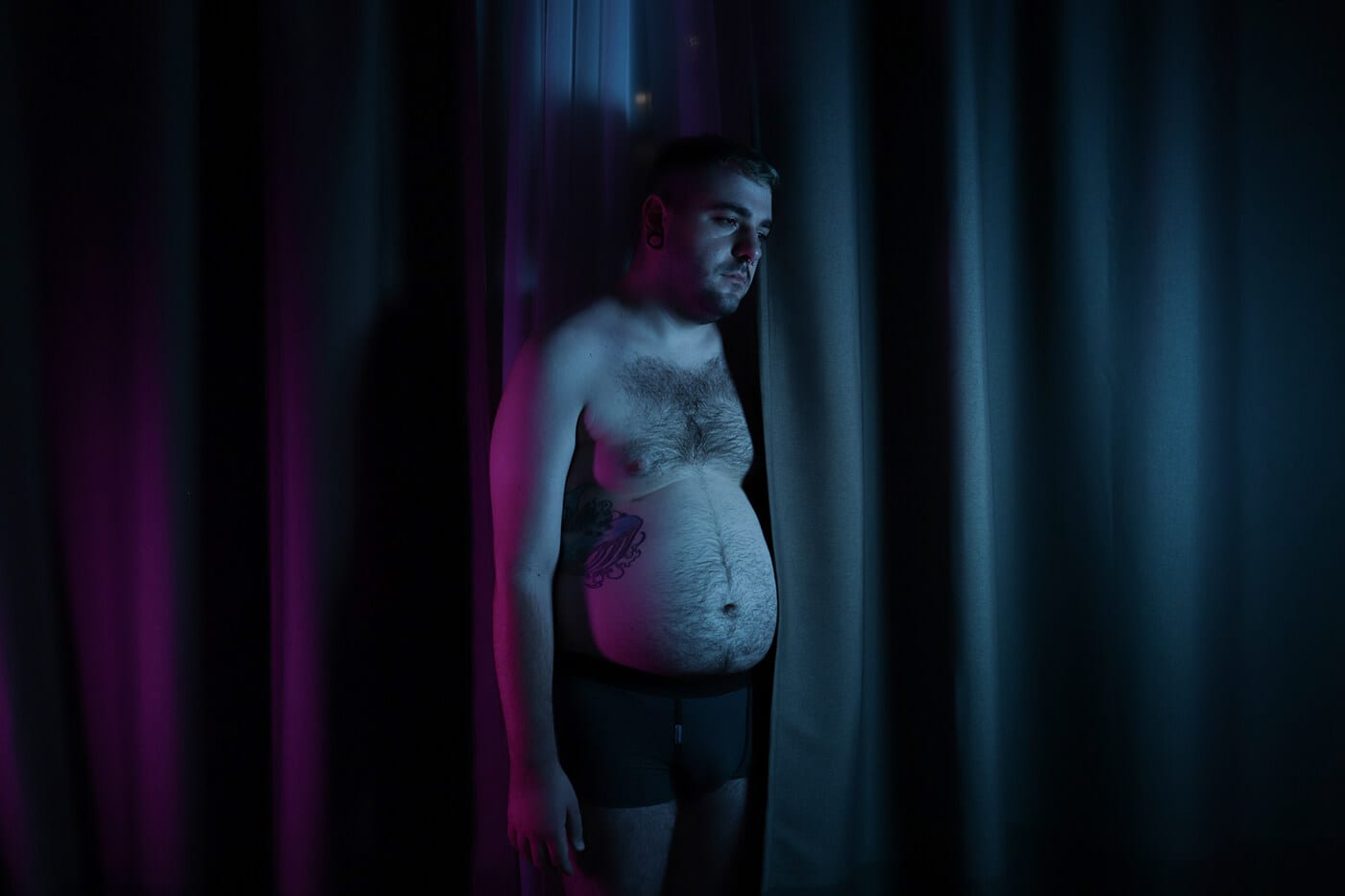
You’re based in Saint-Petersburg, Russia. Is this photography scene healthy there? Who else is creating work that you’d recommend?
In St. Petersburg, the situation is quite good, but still there are many difficulties. We have two schools of modern art and documentary photography, institutions, and a bookshop called FotoDepartament, schools that specialize in short courses like a school of Academic photography… but the community is quite disunited. Festivals of photography and public events are rare, and so it can be difficult to make connections between different kinds of photographer. I recommend following Russian photographers like Evgenia Arbugaeva, Elena Anosova, Oksana Yushko, Alex Vasyliev and Ksenia Ivanova. All have something important to say!
Who or what inspires your work? And what’s the best piece of advice you’ve ever had?
I am inspired by the stories of people and by being in nature. The best advice was from a friend: «You have to remember how to ground yourself in the process of work…»
And finally, what can we expect from you next Mary?
To expect the unexpected 🙂
